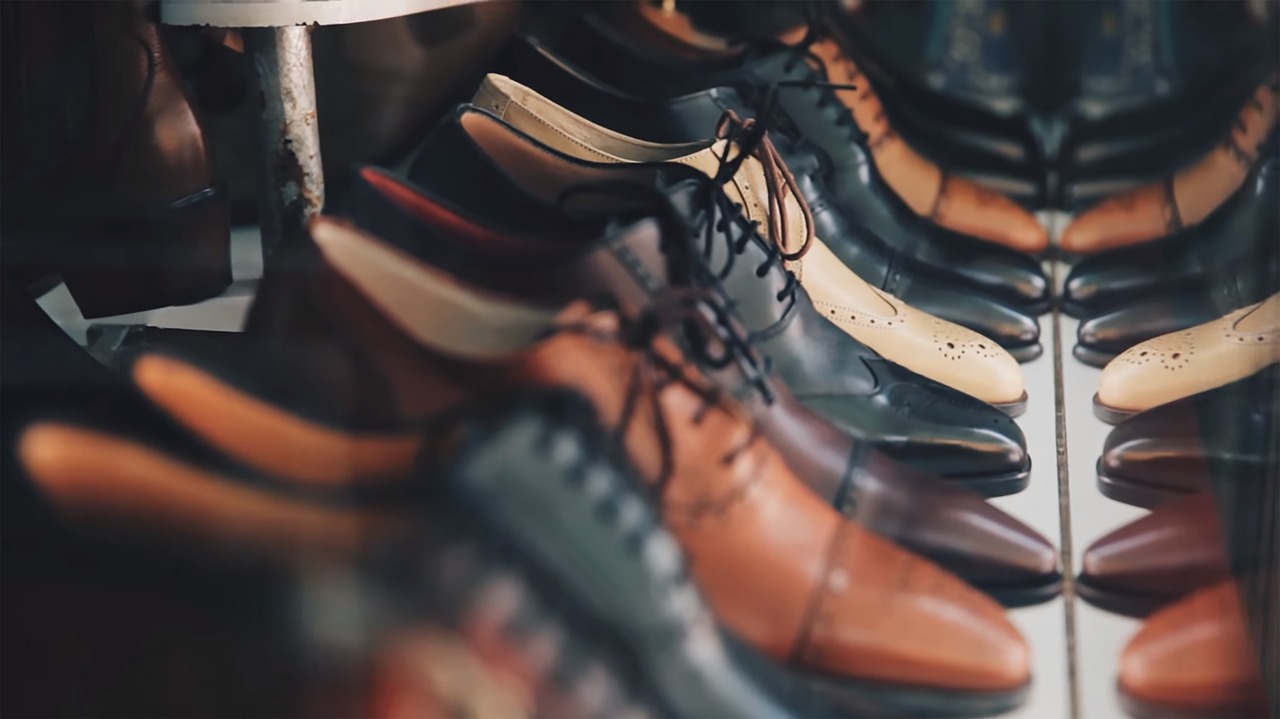If you want to start your own line of shoes, designing them is definitely easier than you think. Before you get started, you need to conduct some market research and find your niche. Then, you should create a mood board and a brand presentation. Here are some tips to get you started:
Sketching
In order to start sketching shoes, it is a good idea to buy some old ones and take them apart. You’ll see how many different parts a shoe has and how much you need to know about the proportions of each. By focusing on proportions and details, you’ll be halfway there. To begin sketching shoes, you should think about what you would like to see in the final product. This is especially important if you plan to use the sketch as a reference for your design.
3D CAD software
If you’re trying to create your own designer shoes, you may want to try 3D CAD software for shoe design. There are numerous benefits of using this software for this purpose, and there are some things you should keep in mind before purchasing. While some of the programs require a high level of expertise to use effectively, others have a wide range of functions that are worth considering. This article will cover some of the most important features to look for in a 3D CAD design application for shoes.
Fashion industry
The fashion industry, also known as apparel and footwear industries, consists of companies that design and manufacture clothing and footwear. These industries produce and sell all types of clothing, including outerwear, underwear, headwear, shoes, and belts. Additionally, they produce household soft goods, including drapes, linens, and slipcovers. In addition to shoes and clothing, the industry creates accessories and household items such as rugs. In addition to shoes, apparel and footwear includes many other products, including bags, shoes, and accessories.
Materials
As part of the shoe making process, designers are tasked with selecting the right materials for the footwear. The materials chosen by designers will determine the appearance and functionality of the shoe. For example, textiles are a fantastic material, offering an infinite number of colors, patterns, and weaves. They can be used both inside and outside the footwear, and on the bottom as well. Man-made polymer fibers are also an excellent choice for creating durable, lightweight shoes.
Finding a mentor
While a mentor’s advice is invaluable for the design process, it’s important to keep your conversation focused on your goals. A good mentor should have the time to share their knowledge and experience with you without making the relationship feel like a one-sided exchange. Instead, start your conversation by asking relevant questions of the mentor. They should know you’re looking for advice on how to improve your shoes, not just provide advice on the latest fashion trends.

